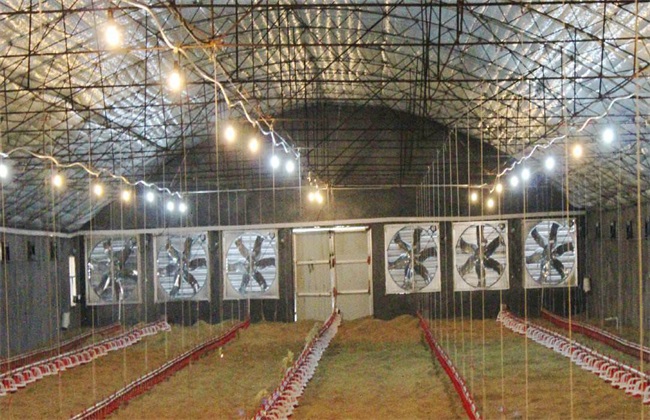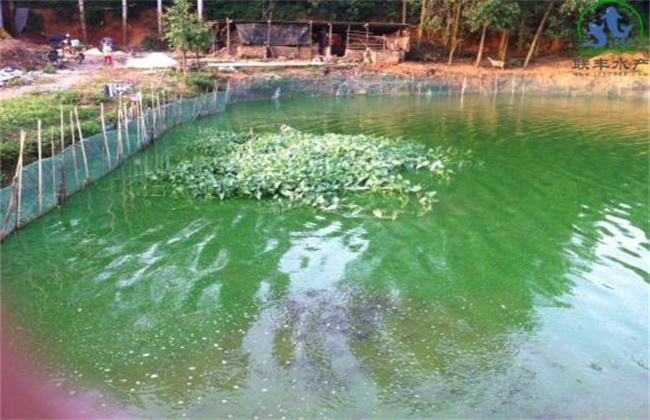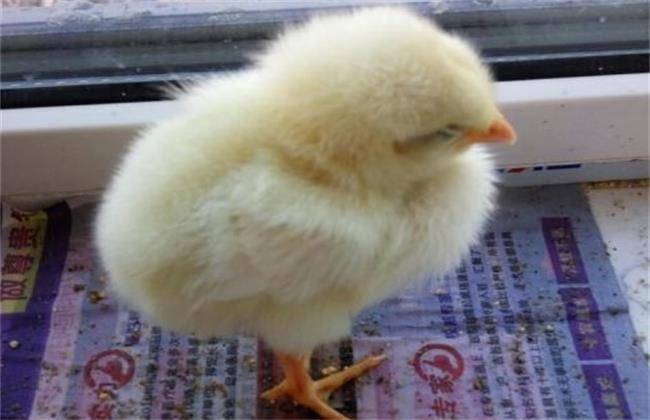Four Seasons Ventilation Management of Chicken House
Whether raising chickens in captivity or stocking, there must be a chicken coop for the chickens to live in, or to rest at night. However, the chicken coop is generally closed or semi-closed, and the taste in the chicken coop is not very good, so it must be ventilated at any time. The poisonous gas produced by some excreta is very bad if it is always indoors. Therefore, attention should be paid to ventilation in the four seasons. Then let's learn how to ventilate.

1. Ventilation method
Mechanical ventilation is divided into positive pressure ventilation and negative pressure ventilation. The negative pressure is forced out of the polluted air by an exhaust fan. Positive pressure is to use a fan to strongly discharge the air, and the air volume is less than the air intake; natural ventilation, window opening uses natural wind and indoor air to form hot-pressed flowing air, which is suitable for open chicken houses, but in order to eliminate toxic gases, axial flow fans are used; mixed ventilation is divided into longitudinal, exhaust fans are installed at one end of the gables and air intakes are set on the other side. Horizontally, the fan and the air inlet are arranged on the opposite walls of the chicken house.
2. Spring and Autumn ventilation
In these two seasons, the temperature varies greatly, from high to low, so ventilation can be carried out during the day when the temperature is high. As long as the temperature does not drop to the point where the chickens cannot adapt, ventilation can be strengthened as much as possible. Mainly air exchange, exhaust gas, moisture, dust. When the temperature drops at night, longitudinal ventilation can not be used and transverse ventilation is needed. The whole mixed ventilation method is used in spring and autumn.
3. Summer ventilation
Summer ventilation, with the effect of reducing heat, the greater the wind speed, the chickens feel cool, so summer can strengthen ventilation. The use of longitudinal ventilation, the setting of wet curtains, suitable for closed chicken coop, the need for special calculation of ventilation, according to the area and space of the chicken house to determine the most suitable ventilation. Natural ventilation can open more skylights.
4. Winter ventilation
In order to keep warm in winter, we must turn off all exhaust air, use the minimum ventilation of the chicken house controlled by time, and pay attention to the difference of ventilation according to the size of the chicken flock. Need regular ventilation, set ventilation time, generally no more than five minutes once. If the temperature fluctuates too much, stop ventilation.
Chicken house ventilation should pay attention to the influence of temperature, according to the seasonal temperature changes, choose a suitable ventilation method, not necessarily a fixed ventilation method.
Related
- On the eggshell is a badge full of pride. British Poultry Egg Market and Consumer observation
- British study: 72% of Britons are willing to buy native eggs raised by insects
- Guidelines for friendly egg production revised the increase of space in chicken sheds can not be forced to change feathers and lay eggs.
- Risk of delay in customs clearance Australia suspends lobster exports to China
- Pig semen-the Vector of virus Transmission (4)
- Pig semen-the Vector of virus Transmission (3)
- Five common causes of difficult control of classical swine fever in clinic and their countermeasures
- Foot-and-mouth disease is the most effective way to prevent it!
- PED is the number one killer of piglets and has to be guarded against in autumn and winter.
- What is "yellow fat pig"? Have you ever heard the pig collector talk about "yellow fat pig"?



